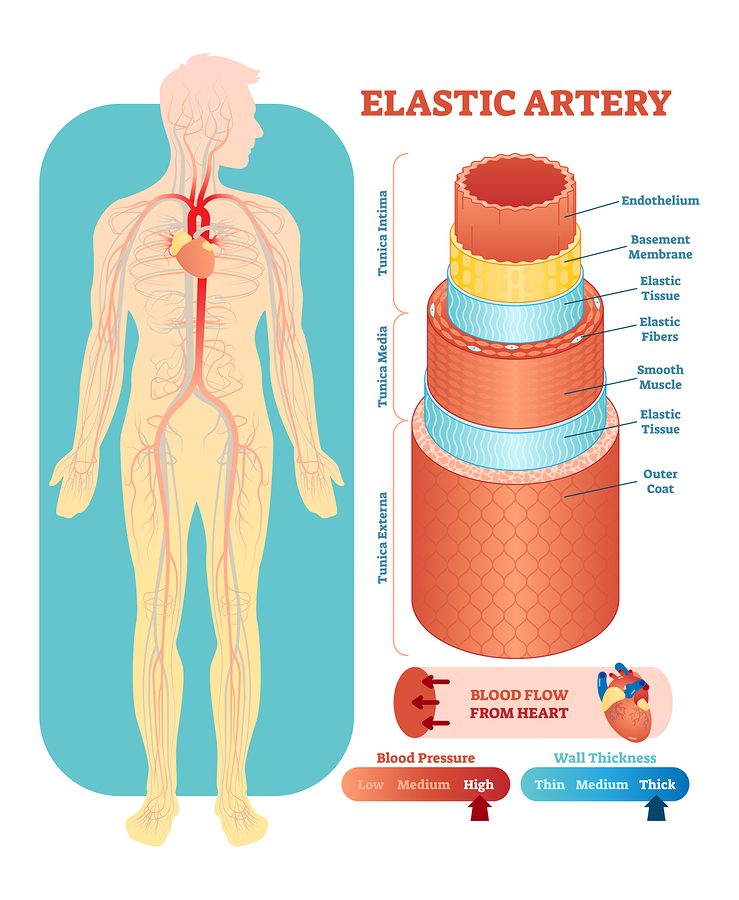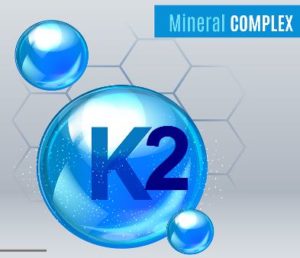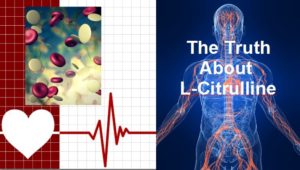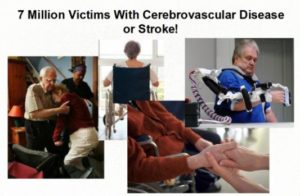When was the last time anyone ever asked you about your endothelial health?
NEVER!
It’s estimated that there are approximately 60,000 miles of blood vessels in the adult body. These blood vessels include arteries, veins, and capillaries. They’re all protected by a microscopic inner lining of endothelial cells. What is commonly called the endothelium.
It’s important to note that these cells line the entire circulatory system. From the inside of your heart all the way down to your smallest capillary. When added up, the volume of these endothelial cells would cover the surface area of 4 to 8 tennis courts depending upon the size of the individual.
That’s amazing since the endothelium is only one cell thick and can’t be seen by the human eye.
Once discovered, the endothelium was classified as an inert membrane whose primary function was to keep the blood in the circulatory system and out of the body’s tissues and organs.
Research over the last 25 years has shown that your endothelium is an active, multi-functional tissue that plays a vital role in metabolic, immunologic, and cardiovascular health.
Or is your endothelium an organ? Read More →

 Jen Miller. I’ve listed these 15 health benefits below.
Jen Miller. I’ve listed these 15 health benefits below.  can have a profound impact on lowering your risk for most age-related diseases. And vitamin K2 benefits also play a role in longevity.
can have a profound impact on lowering your risk for most age-related diseases. And vitamin K2 benefits also play a role in longevity.
 Project that we’re kicking off for 2017.
Project that we’re kicking off for 2017.  Your acid alkaline balance is a critical factor for both disease prevention and how well you age. This means understanding your body’s pH and its effect on your health is a critical component for a successful health strategy.
Your acid alkaline balance is a critical factor for both disease prevention and how well you age. This means understanding your body’s pH and its effect on your health is a critical component for a successful health strategy. people experience cholesterol reduction. In this post I’ll help you discover some farily simple ways to increase your fiber intake.
people experience cholesterol reduction. In this post I’ll help you discover some farily simple ways to increase your fiber intake. business for the pharmaceutical industry. As more and more people have opted for a pill to help control their cholesterol levels fewer people are using fiber as their first line of defense.
business for the pharmaceutical industry. As more and more people have opted for a pill to help control their cholesterol levels fewer people are using fiber as their first line of defense.  everyone is at risk for a stroke. This assessment tool will help you determine how great your risk is and what areas you could work at to reduce your risk.
everyone is at risk for a stroke. This assessment tool will help you determine how great your risk is and what areas you could work at to reduce your risk. Learning how to address two key factors could make a big difference in stroke prevention. Since stroke is the number one cause of adult disability and the third leading cause of death in the United States, addressing this issue of stroke prevention could be the difference between life or death and permanent disability or significant recovery.
Learning how to address two key factors could make a big difference in stroke prevention. Since stroke is the number one cause of adult disability and the third leading cause of death in the United States, addressing this issue of stroke prevention could be the difference between life or death and permanent disability or significant recovery.